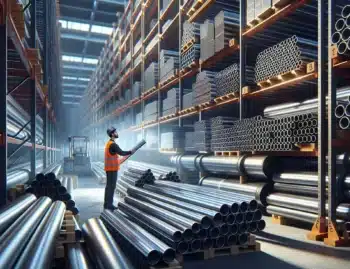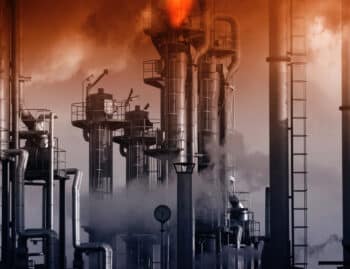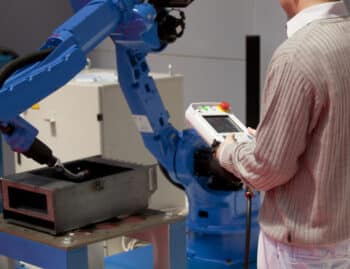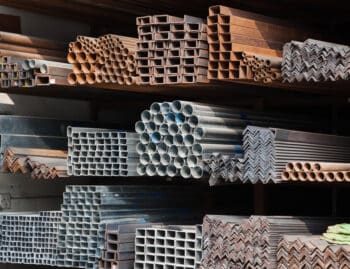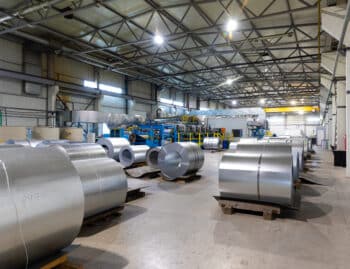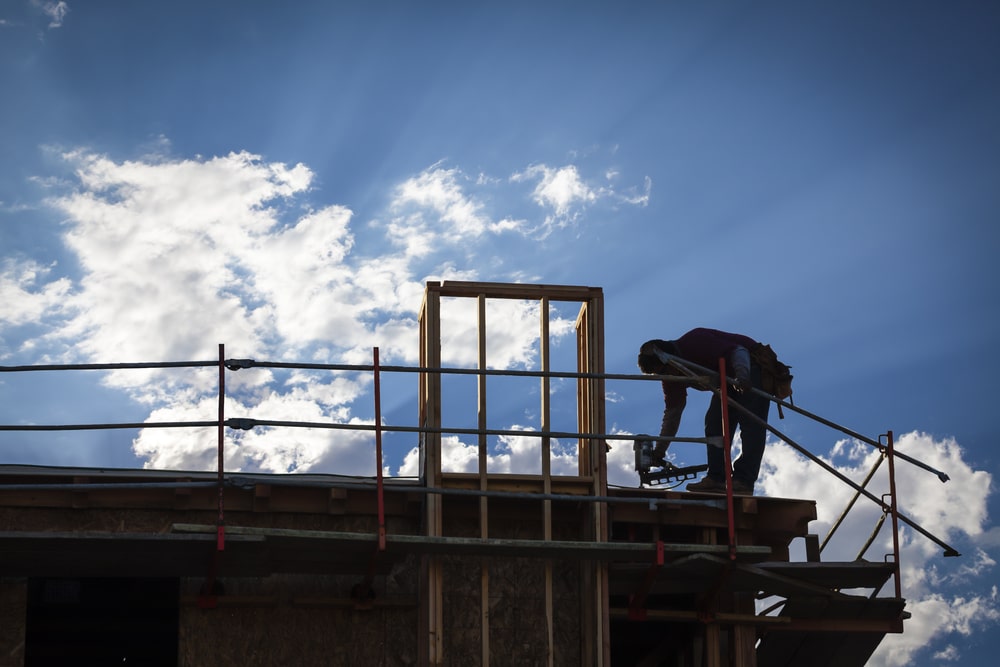
While the steel industry does have some potential risks for 2023, the overall trends and predictions indicate that the sector should maintain its strength coming into the new year.
Current Supply Chain Issues
Supply chain hold-ups may have a lasting impact going into 2023. Many businesses and consumers are noticing a shortage of goods and materials that would have normally already begun arriving by the winter months.
Events like the recent railroad worker strike will continue to have a major impact on how supply chain issues unfold. Recently, a second labor union rejected the newest tentative agreement. This dispute could have long-lasting effects if not resolved soon, especially as we reach the holiday season.
Current high inflation rates mean fewer customers have been spending, which further impacts the supply chains. While some retailers have tried to battle this disruption by offering sales on excess inventory, most customers have continued to decrease spending or go into further debt by using credit cards. As goods continue to decrease in quantity due to failed deliveries, the prices may only continue to rise.
Many of the freight trains are carrying perishable goods that will be thrown out upon arrival. Other delays on materials mean smaller businesses with less insurance and financial backing will likely go under.
If an official strike with a complete stop of work is to occur, likely in mid-November, it could devastate the economy and disrupt building plans across the country, who rely on raw materials like wood and steel.
The situation is currently being closely surveilled as officials struggle to come up with an adequate compromise. However, for the upcoming year, the newest trends in the industry will rely on their outcome.
Steel Demand Growth Forecasts
Experts from The World Steel Association have published their Short Range Outlook for the coming year predicting that steel demand will begin to recover at an increase of one percent in 2023, creating a total value of 1.81 billion mt.
Mr. Máximo Vedoya, the Chairman of The Word Steel Economics Committee has stated, “the global economy is affected by persisting inflation, US monetary tightening, China’s economic deceleration, and the consequences of Russia’s invasion of Ukraine. High energy prices, rising interest rates, and falling confidence have led to a slowing in steel using sectors’ activities.” This means the official forecast for 2023 depends on how the banks will handle rising inflation rates both in the United States and in Europe due to the war in Ukraine and energy disruptions that have occurred largely as a consequence.
In 2022, the EU and United States both saw drawbacks due to supply chain disturbances. This may continue in European countries in the upcoming year due to the continuance of the gas and energy supply chain issues. However, the United States economy is likely to gain momentum, especially in the automobile sector and the infrastructure sector due to the latest Infrastructure Law leading to a rise in infrastructure capital. The steel industry in the US market is likely to remain steady in 2023.
Recession Impacts
The United States recession, climbing interest rates, and supply chain issues caused by the railroad strikes, may all have an impact on the future trajectory of the industry.
However, recent trends like urbanization, automobile electrification, new trade regulation, and the Infrastructure Investment and Jobs Act may provide adequate support to help offset some of the decreases. The Infrastructure Investment and Jobs Act includes up to $110 billion of support towards construction projects like roads, bridges, and other steel-reliant projects.
As the war in Ukraine continues, more industries are looking to buy and produce materials nationally instead of relying on worldwide connections, also causing an increase in US steel demand. In fact, some companies are considering expanding more towards their nearest neighbors, like Canada and Mexico for new manufacturing opportunities instead.
While the pandemic is coming to a close, a lack of shortages in parts like semiconductors creates even more promise for the steel industry. While inflation and rising interest rates may impact automobile spending, this is likely to be minimal, due to the demand for personal modes of transportation nationwide.
Globally, construction is taking a hit on developing economies, excluding India, due to inflation, interest rates, cost of goods, and governmental priorities. India’s demand for steel is continuing to rise due to large amounts of spending on infrastructure, which only helps further increase the demand for cars and consumer goods. Other southeastern countries such as Malaysia and The Philippines are likely to produce more growth as well due to similar infrastructure interests.
Other countries in South and Central America, as well as Turkey, are all decreasing their building projects due to inflation and interest rates. These regions are expected to experience a steel industry contraction in the following year.



